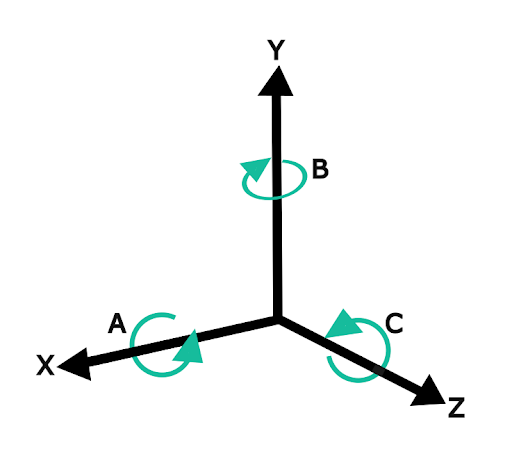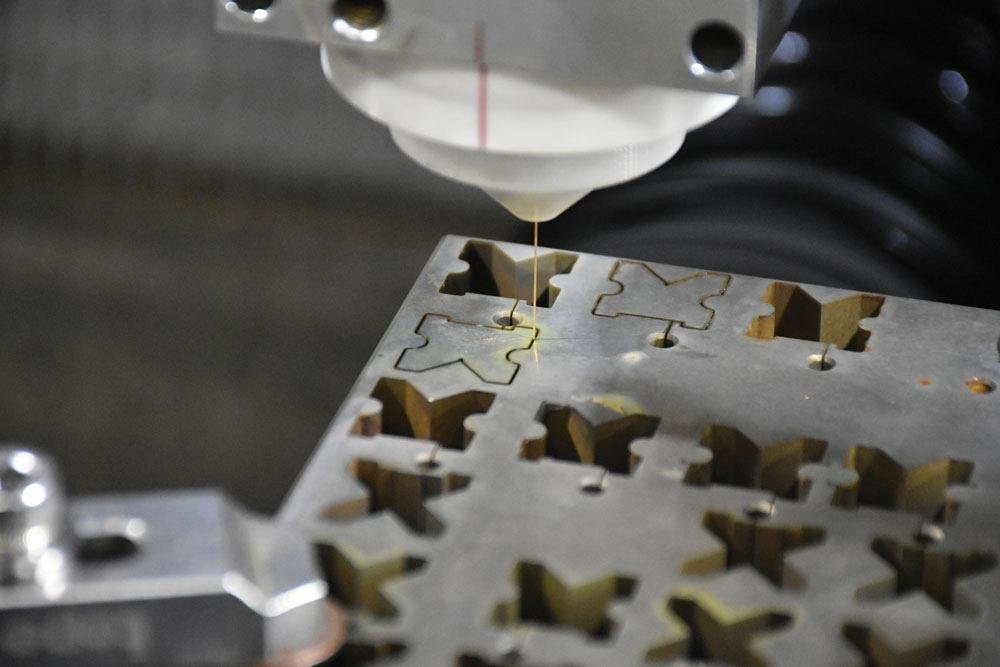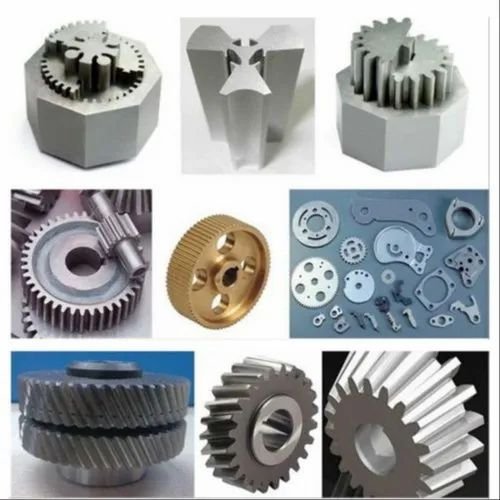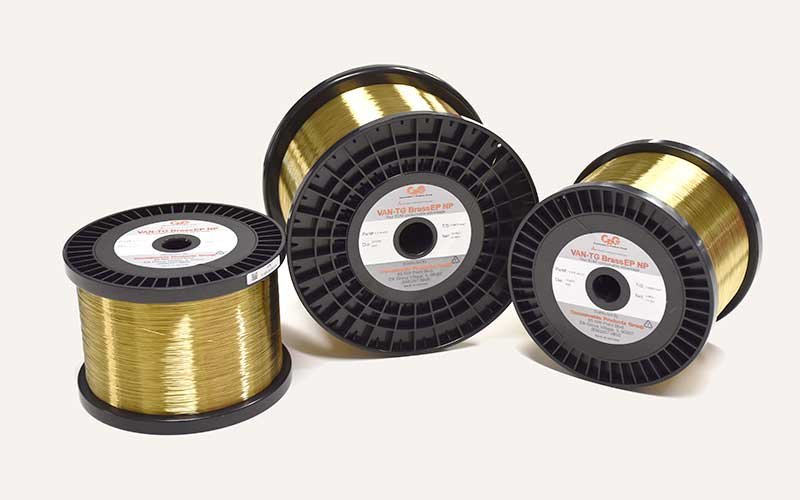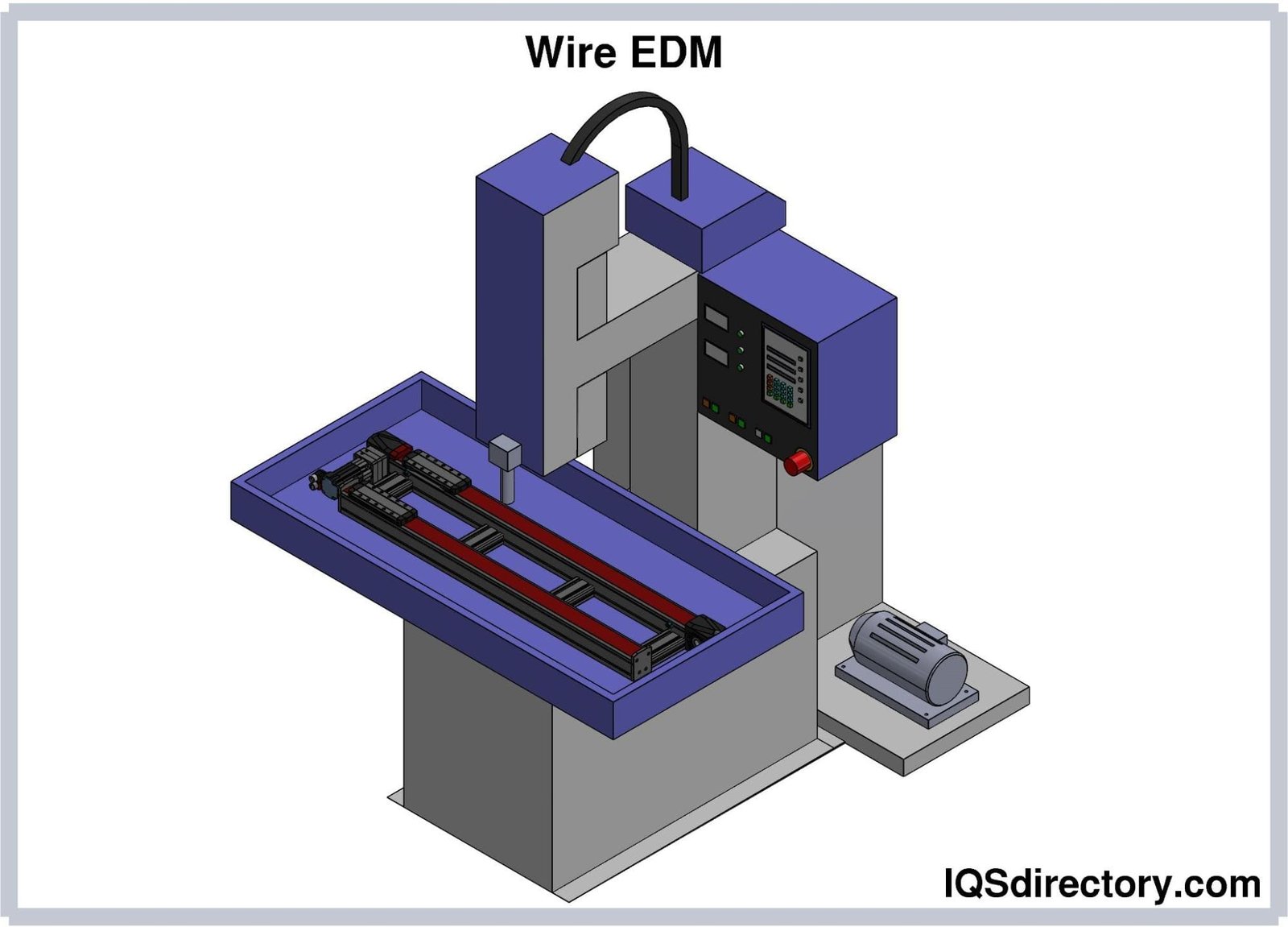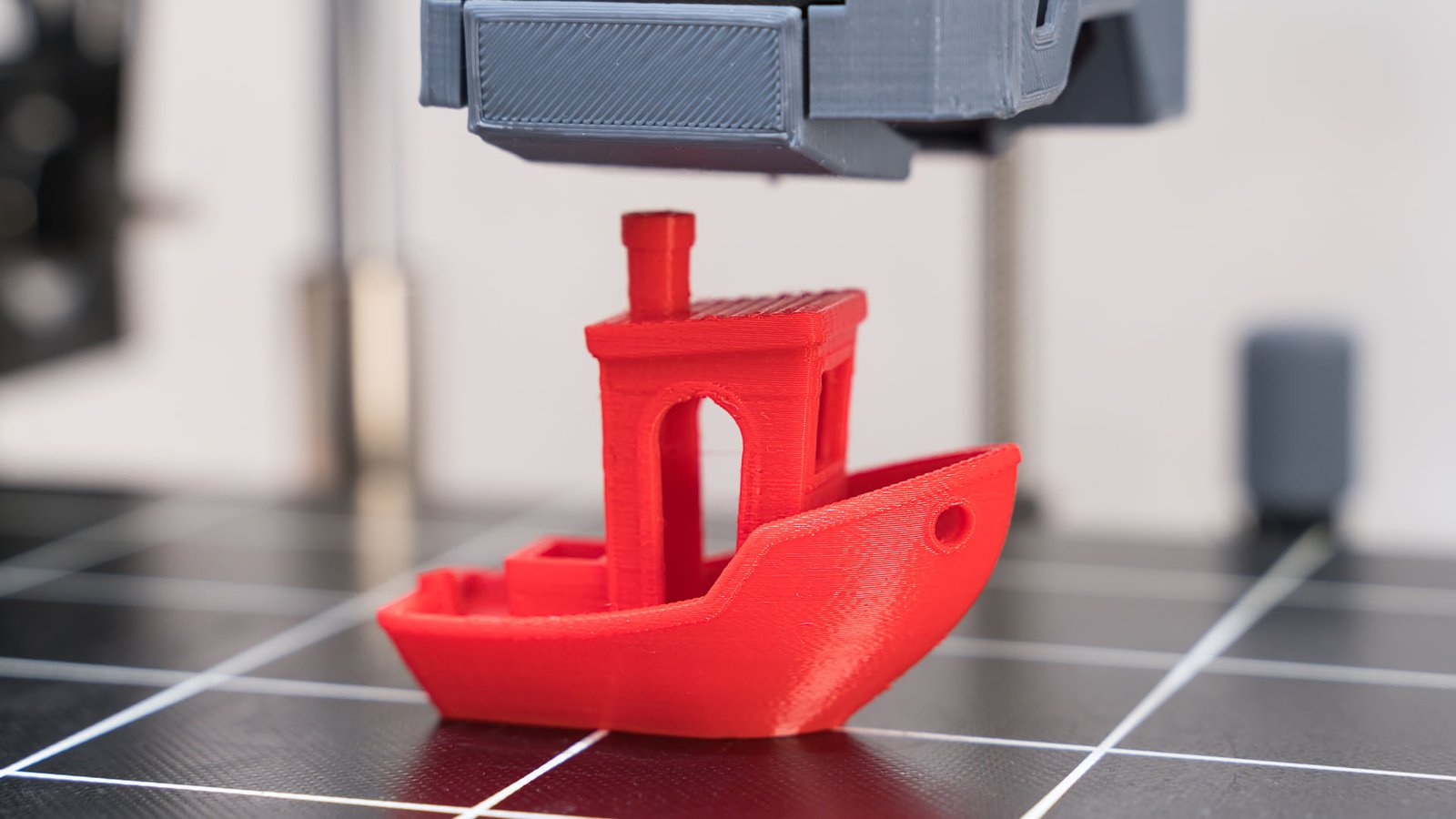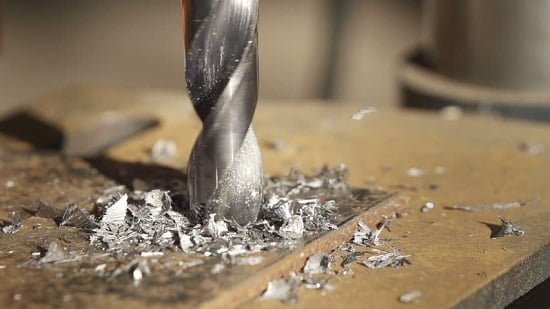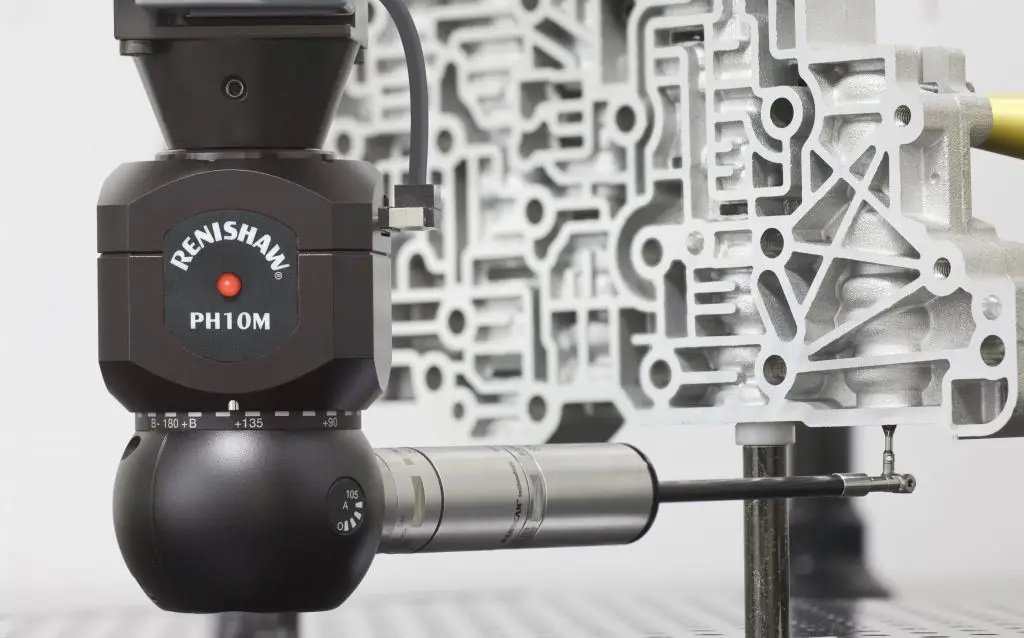what is Anodizing?
Anodizing is a process where a metal is covered with an oxide layer by creating a potential difference in an electrolyte solution. By establishing positive and negative poles at the anode and cathode electrodes and creating a potential difference, an oxide layer is formed from the anode.
During the anodizing process, a direct electric current is applied to an anode such as aluminum and another piece, acting as a cathode, such as titanium, steel, graphite, etc., in an acidic electrolyte. As the current passes through the piece, oxygen ions from the electrolyte move to the surface of the piece and create an oxide layer. It’s noteworthy that the thickness and quality of this operation are adjusted by the concentration of the electrolyte, the temperature of the electrolyte, the duration of anodizing, the composition of the electrolyte, etc.
Usually, after this process is completed, it is common to fill the oxide-coating pores with surface coatings or sealing to enhance properties. While this improves the properties of the oxide layer, in recent years, new methods have been used to fill these pores.
Anodizing significantly increases corrosion resistance, surface hardness, wear resistance, and adhesion of the oxide to the piece, significantly enhancing the use of aluminum in industries.
Latest Articles in your inbox
Subscribe to our newsletter to get the newest manufacturing and industrial services articles in your inbox once a week.


